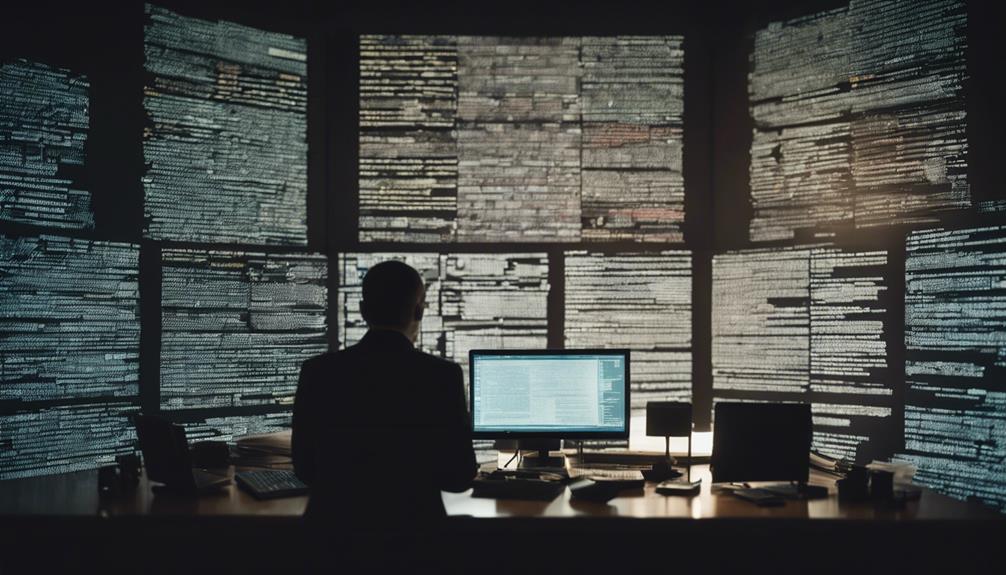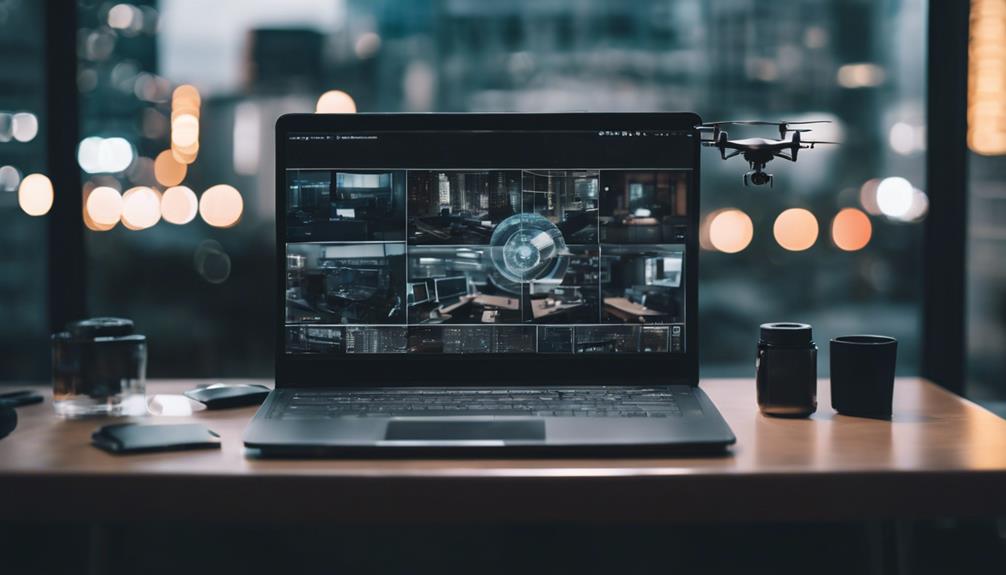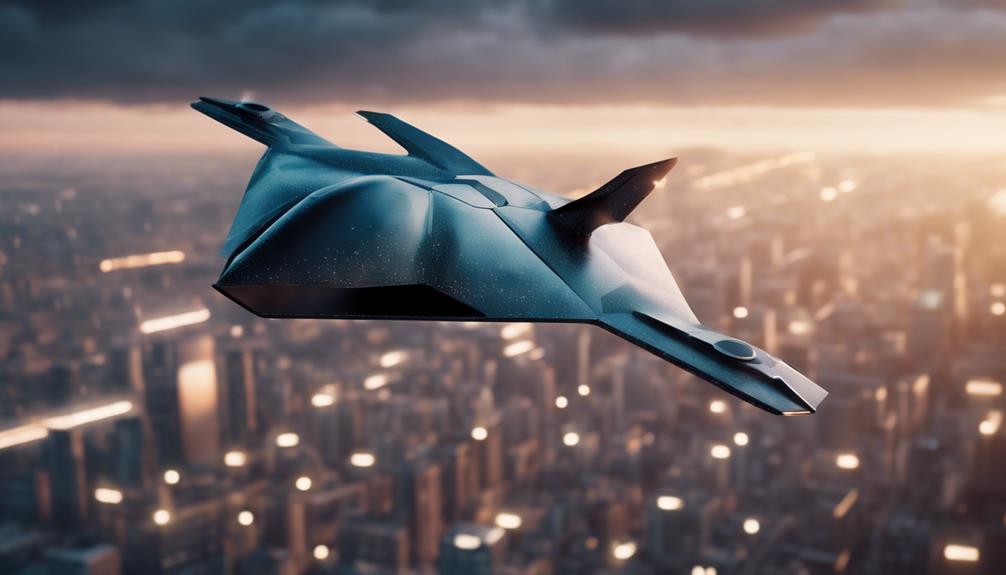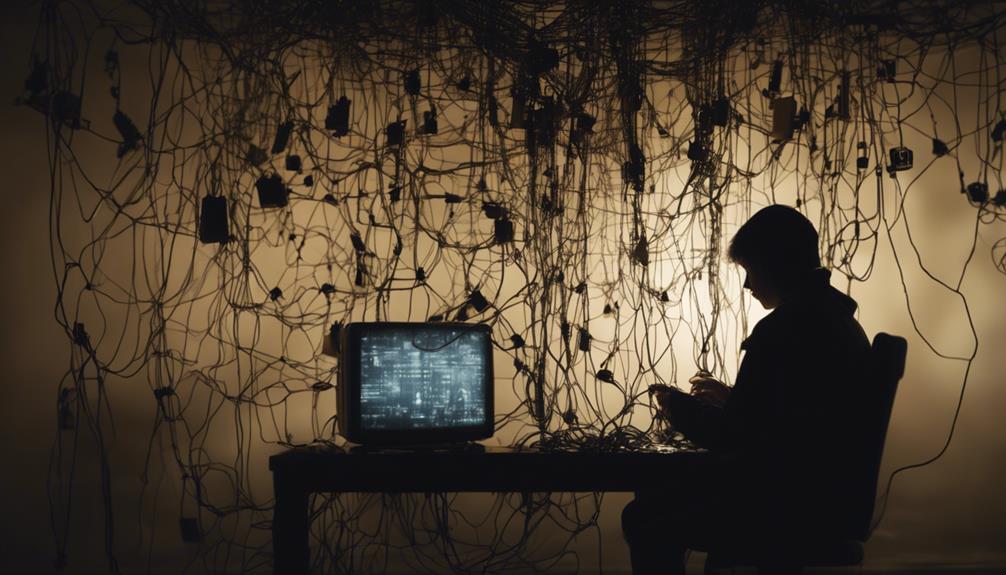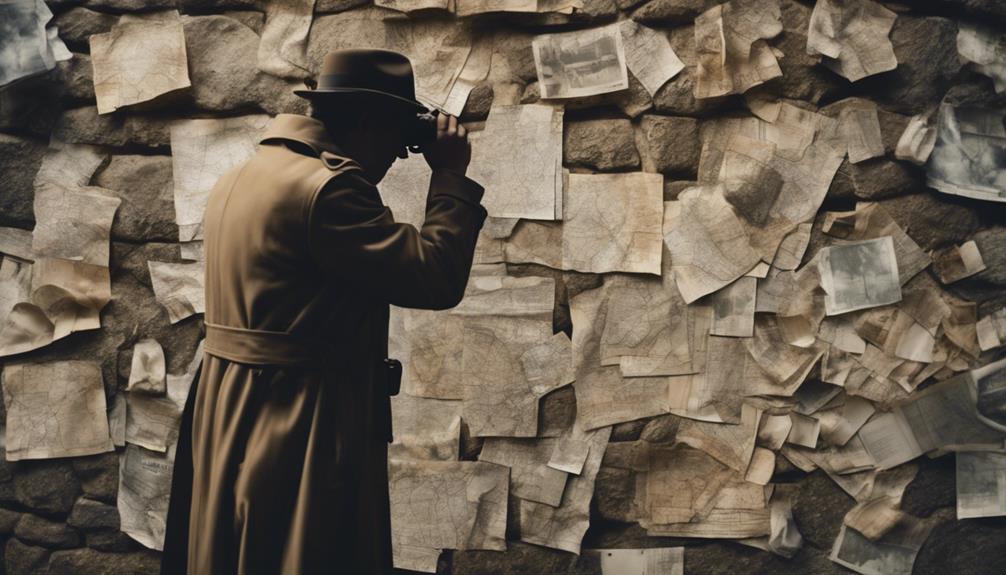
In an age where security concerns are at the forefront of many people’s minds, the use of surveillance technology has seen a dramatic rise. Spy cameras can serve various purposes, from monitoring your home while you’re away to ensuring safety in the workplace. However, the effectiveness of these devices often hinges on their placement and how discreetly they can be integrated into the environment. In this article, we will explore various ways to hide a spy camera effectively, ensuring that you can gather the necessary footage without drawing unwanted attention.
Understanding the importance of discreet surveillance is critical. It allows for monitoring activities without infringing on privacy more than necessary. In some cases, surveillance is essential for protecting property, assets, or loved ones. However, for the footage to be valuable, it needs to be captured without alerting individuals that they are being recorded. Discreet surveillance can help gather essential evidence in various situations, such as theft, harassment, or other suspicious activities.
While the desire for surveillance might be clear, the challenge lies in effectively hiding the camera. Location is key; knowing where to place a spy camera can significantly enhance its effectiveness. Consider areas where people are likely to congregate or areas where unwanted activities have been noted. This could include corners of rooms, behind furniture, or even outdoors in garden fixtures. Strategic placement is often the difference between capturing valuable footage and missing crucial moments.
Best Locations for Hiding a Spy Camera Effectively
Identifying the best locations to hide a spy camera will depend on the specific circumstances of your surveillance needs. One effective option is to position the camera near entry points, such as doors and windows. This can help monitor who is entering or exiting the premises, providing valuable security insights. Moreover, consider high-traffic areas within a building, as these locations are more likely to capture the actions you want to observe.
In addition to indoor locations, outdoor placements can be equally effective. Look for natural spots such as birdhouses, planters, or even security lights. These areas can provide a more covert way to keep watch over your property while blending seamlessly into the landscape. By taking the time to evaluate your environment, you can identify optimal spots that not only capture the footage needed but do so in a way that remains undetected.
Choosing the Right Spy Camera for Your Needs
Selecting the right spy camera is vital for achieving your surveillance goals. There are numerous options available, from covert cameras embedded in everyday objects to high-definition models with advanced features. Start by considering what you need the camera to do. For instance, do you require live streaming capabilities, night vision, or motion detection? Understanding your requirements will guide you in making an informed choice.
Moreover, make sure to evaluate the camera’s size and design. A smaller camera may be less noticeable, but ensure it still offers the functionality you need. Additionally, consider the camera’s connectivity options, as some models require Wi-Fi for remote viewing. By choosing the right model tailored to your specific needs, you’ll enhance your surveillance efforts and ensure better results.
Creative Camouflage: Everyday Objects to Use
Creative camouflage can be your best friend when hiding a spy camera. Everyday objects often make excellent disguises for surveillance devices. For instance, items like smoke detectors, air purifiers, or even picture frames can all serve as effective hiding spots. Using such objects not only helps the camera blend into its surroundings but also makes it less likely for someone to suspect that they are being watched.
Additionally, tech-savvy options like stuffed animals, alarm clocks, or even plants can house small cameras. These types of disguises can provide excellent coverage while remaining unnoticed. When selecting an object for camouflage, consider not only the size of the camera but also the environment in which it will be placed. The more natural the placement, the less likely it will draw attention.
Legal Considerations When Using Spy Cameras
Before setting up any surveillance system, it is crucial to understand the legal implications involved. The use of spy cameras is subject to laws that can vary significantly by state or country. In many places, it is illegal to record individuals in private settings without their consent, which can lead to serious legal consequences. Familiarizing yourself with these laws will help you avoid legal pitfalls and ensure that your surveillance practices are compliant.
In addition to understanding recording laws, be aware of any regulations regarding the storage and sharing of footage. Depending on the jurisdiction, there may be specific guidelines on how long you can retain recordings and how they can be used. By being informed and acting responsibly, you can use spy cameras effectively while respecting legal boundaries.
How to Install Your Spy Camera Stealthily
The installation of a spy camera is a critical step that can determine its effectiveness. Begin by ensuring that the camera is positioned securely in its designated hiding spot. This may require some minor adjustments or even drilling, depending on the object you’re using for camouflage. Take your time to ensure that the camera is stable and won’t easily fall or shift, as this could compromise the quality of the footage captured.
Next, consider how to manage the camera’s power source and connectivity. If the camera is battery-operated, ensure that it is adequately charged and that you have a plan for changing batteries without raising suspicion. For wired cameras, conceal the wiring carefully to avoid detection. A well-installed camera not only serves its purpose more effectively but also minimizes the risk of discovery.
Tips for Maintaining Your Spy Camera’s Functionality
Maintaining your spy camera is essential to ensure that it continues to function optimally. Regularly check the camera to ensure it’s clean and free from obstructions, as dust and dirt can impede its performance. Additionally, if your camera uses batteries, be sure to monitor battery life and replace them as needed to avoid gaps in surveillance coverage. Regular maintenance can help extend the life of your equipment and improve the quality of the footage captured.
Another important aspect of functionality is ensuring that any software related to your spy camera is up-to-date. Many modern cameras come with apps that may require periodic updates for new features or security patches. Keeping software current can prevent vulnerabilities and ensure that your camera operates efficiently. By prioritizing maintenance, you can maximize the effectiveness of your spy camera.
Testing Your Setup for Optimal Performance
Testing your spy camera setup is crucial to ensure that it captures the intended footage effectively. Start by reviewing the angle and field of view; make sure it encompasses the areas you want to monitor without any obstructions. Conducting a thorough walkthrough of the area while observing the camera’s feed can help you identify any blind spots or adjustments needed.
Additionally, check the quality of the footage during different lighting conditions. This includes both day and night testing if applicable. Some cameras may perform better under certain conditions, so understanding these nuances will help you optimize your setup. By investing the time in testing, you can enhance your chances of capturing clear, relevant footage.
Reviewing Footage: What to Look For
Once your spy camera is operational, the next step is reviewing the footage it captures. It’s essential to look for specific behaviors or activities relevant to your initial goals. For example, if the camera was set up for security purposes, pay attention to any unauthorized access or suspicious actions. Take notes on significant incidents, as this will help you organize your findings.
Additionally, assess the quality of the footage. Look for clarity, focus, and sound quality if applicable. If the footage isn’t meeting your expectations, consider making adjustments to the camera’s position or settings. Reviewing footage regularly will not only help you keep track of important events but also ensure that your surveillance goals are met effectively.
Ethical Considerations in Surveillance Practices
While technology has advanced the way we conduct surveillance, it also raises important ethical considerations. Respecting the privacy of individuals is paramount; consider whether the surveillance is justifiable in the context of what you are observing. Ethical surveillance practices involve transparency and consent where applicable, helping to maintain trust and respect for personal boundaries.
Moreover, consider the implications of your surveillance findings. Using gathered information responsibly is essential, particularly when it involves sensitive situations. Think critically about how the footage will be used and the potential impact it may have on those being recorded. By engaging in ethical surveillance practices, you can protect your interests while fostering a culture of respect and integrity.
In conclusion, hiding a spy camera effectively requires careful consideration and strategic planning. From understanding the importance of discreet surveillance to selecting the right camera and installation methods, each step plays a crucial role in ensuring successful monitoring. By being informed about legal and ethical considerations, you can navigate the complexities of surveillance responsibly. Remember that while technology can be an invaluable tool, it is your discretion and ethical judgment that will ultimately guide your surveillance practices.
